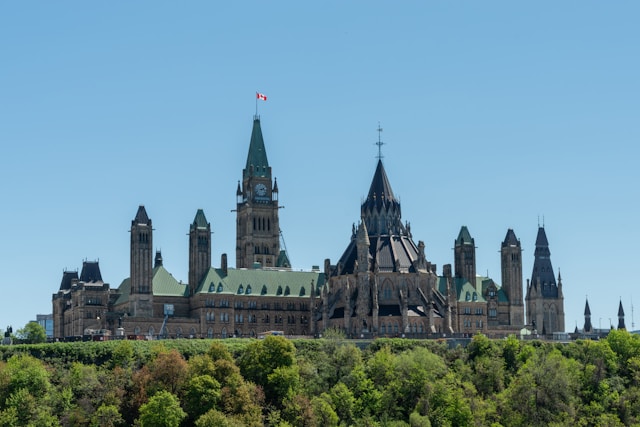The hum of campaign buses, the crush of media scrums, the carefully staged handshakes – as the Canada Federal Election 2025 races towards its conclusion, the movements of the main party leaders become intensely scrutinized. Monday, April 21st, falling squarely within the critical final week, represents more than just another date on the calendar; it’s a snapshot of campaign strategy in its highest gear, a day where every stop is calculated for maximum impact on voter engagement. Where the leaders choose to be speaks volumes about their priorities and perceived paths to victory.
The individuals vying to lead the country, the party leaders themselves, are the central figures in this unfolding drama. On April 21st, their presence – or absence – in specific regions sends clear signals. Are they shoring up support in traditional strongholds, venturing into hotly contested swing ridings, or making symbolic appearances designed to capture national media attention? Each leader, representing their party’s platform and vision, uses these final days to consolidate support and persuade undecided voters. Their campaign schedule is meticulously planned, balancing logistical demands with strategic imperatives.
What unfolds on this specific Monday is a microcosm of modern political campaigning. It involves rallies designed to energize the base, intimate meet-and-greets aimed at connecting with local concerns, major policy announcements intended to sway public opinion, and media availabilities structured to control the narrative. These activities are the tangible evidence of political strategy at play. The timing, falling late in the campaign, amplifies the significance of each event. Mistakes are magnified, and successes can provide crucial momentum heading into the final voting days. This period demands precision and focus from campaign teams.
The locations chosen for April 21st are never arbitrary. Visits might target ridings decided by slim margins in previous elections, areas where polling indicates shifting sentiments, or regions crucial to assembling a winning coalition of seats. The ‘where’ is dictated by complex electoral math and sophisticated data analysis, identifying places where the leader’s presence is deemed most likely to influence the outcome. Whether it’s a factory floor in Southern Ontario, a community centre in Atlantic Canada, or a tech hub in British Columbia, the setting is chosen to resonate with a specific demographic or highlight a particular policy theme, reinforcing the campaign’s core message.
Ultimately, the ‘why’ behind the April 21st itinerary boils down to political strategy and voter engagement. Leaders are deployed to maximize visibility, reinforce key messages, counter opponents’ narratives, and, most importantly, motivate citizens to cast their ballots. In the final week, the focus often shifts from broad persuasion to ensuring identified supporters actually vote. These key visits are designed to create a sense of momentum and inevitability, portraying the leader as energetic, connected, and ready to govern. The pressure is immense, as every hour counts in the final drive towards election day.
Understanding the movements of Canada’s party leaders on a day like April 21st provides insight into the heart of the Federal Election 2025 campaign. It reveals the strategic calculations, the targeted outreach efforts, and the relentless pursuit of votes that characterize the final, frenetic days before Canadians make their choice. The seemingly simple question of ‘where are the leaders?’ opens a window onto the complex machinery of modern democracy in action, highlighting the critical interplay between campaign schedule, political strategy, and the ongoing effort to connect with and mobilize the electorate.
References:
Canada federal election 2025: Where the leaders are on Monday, April 21

